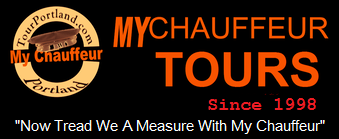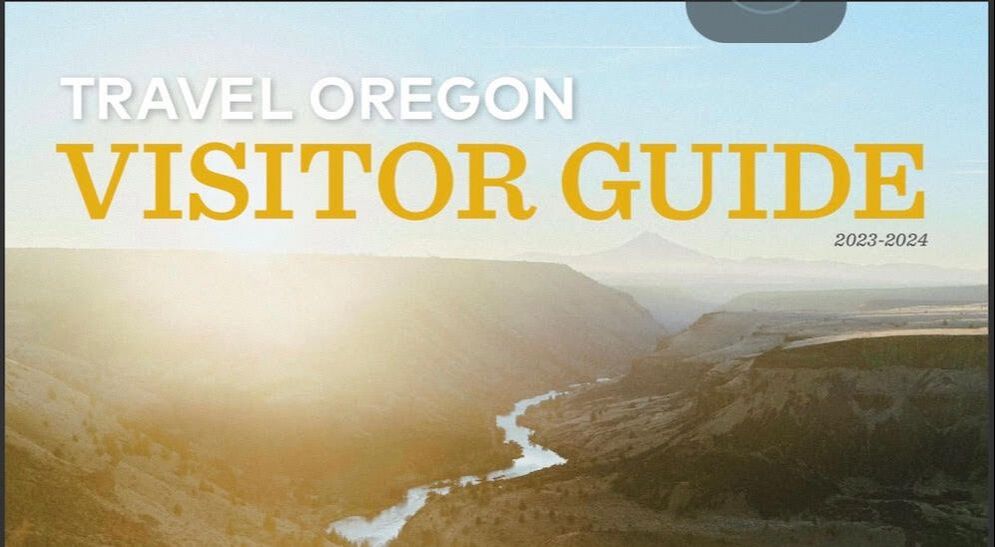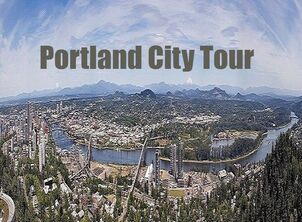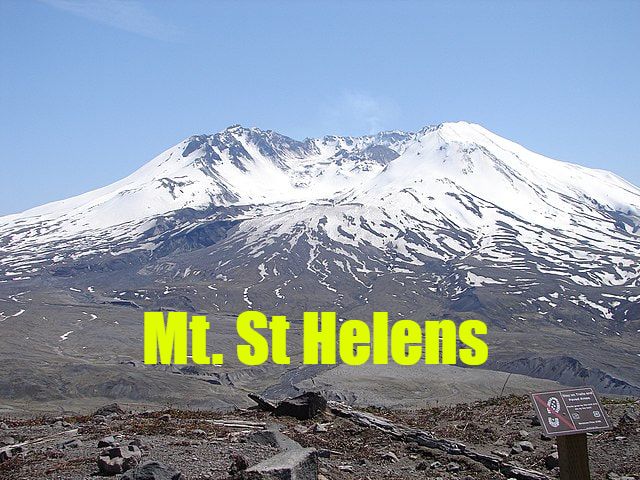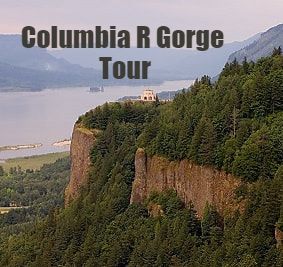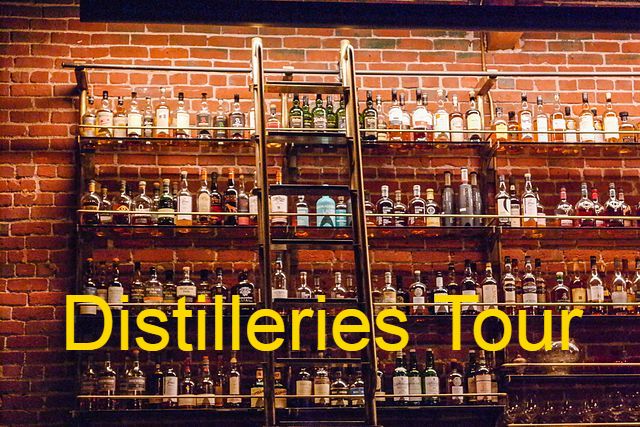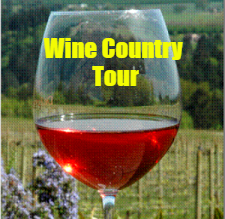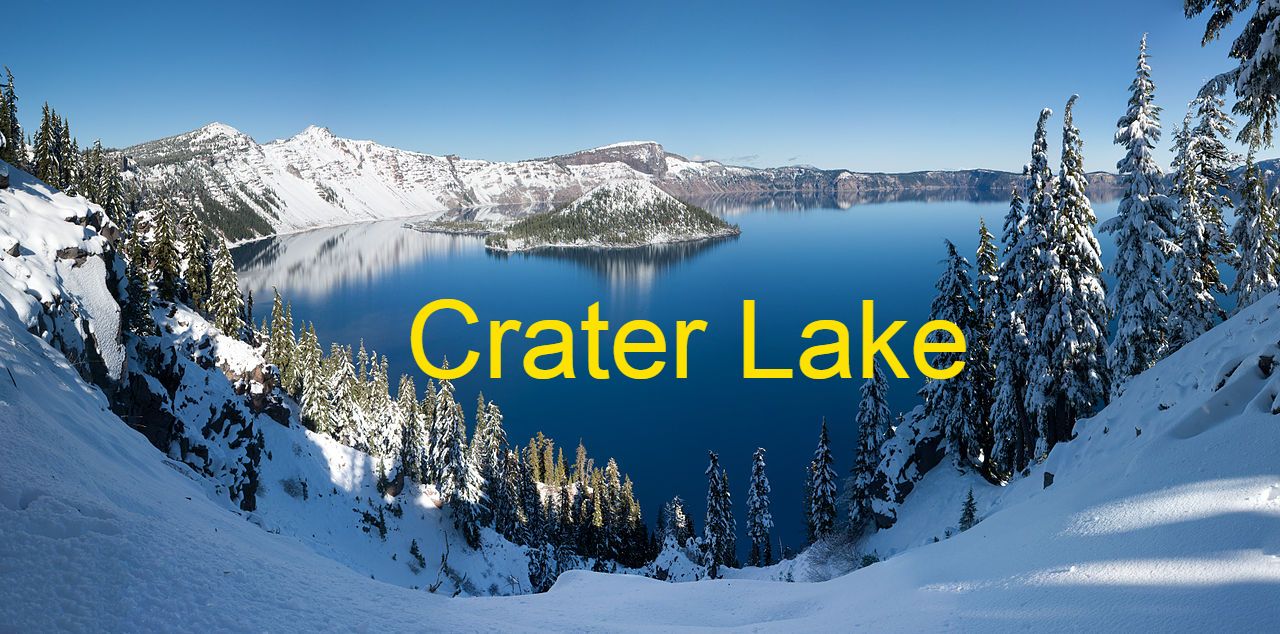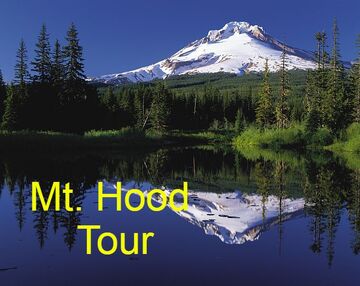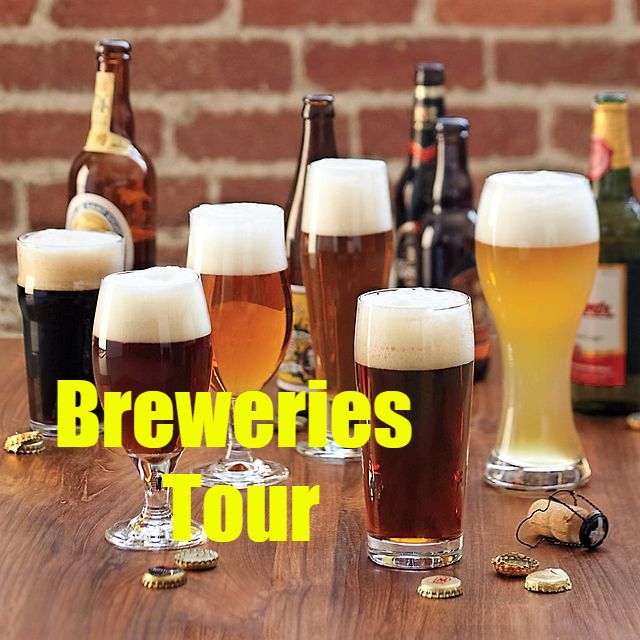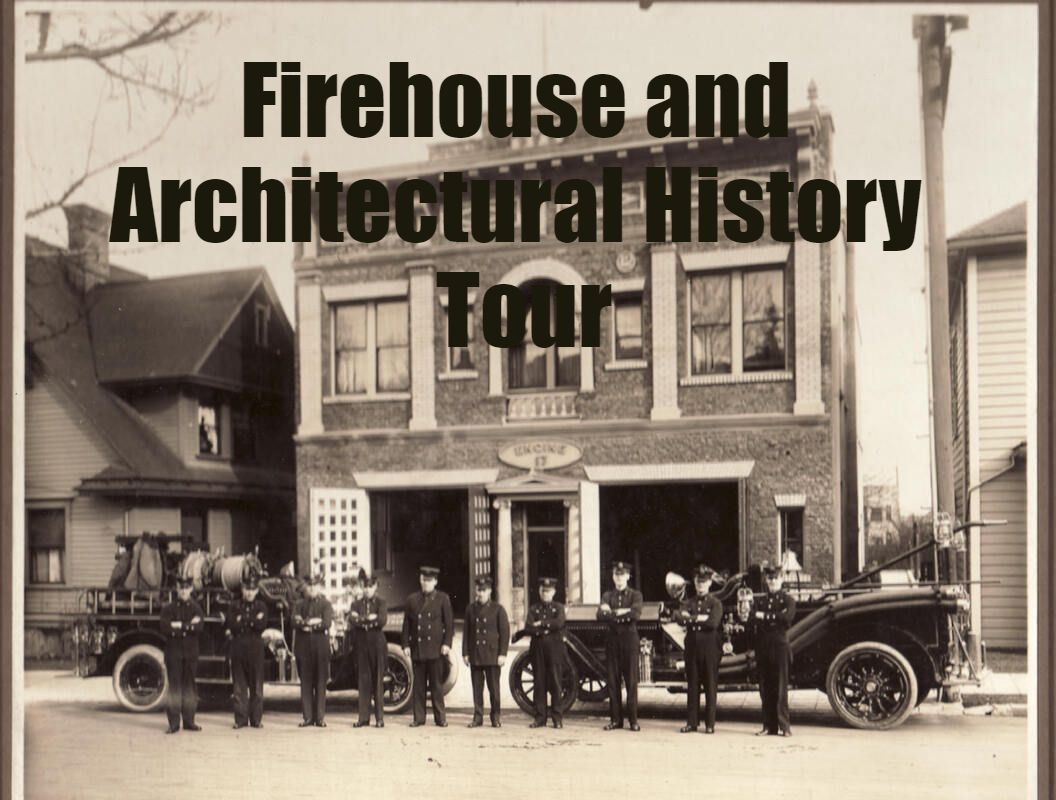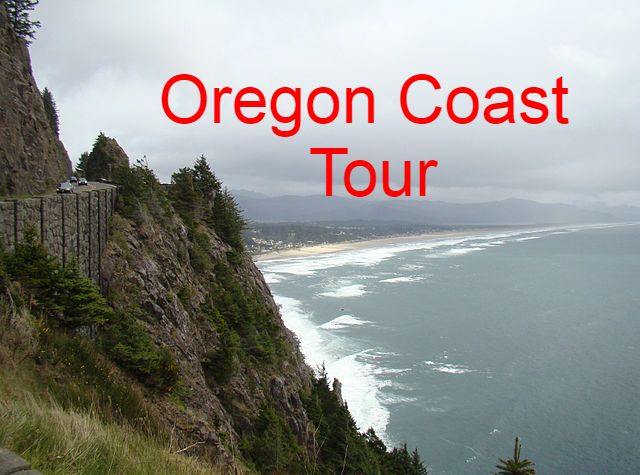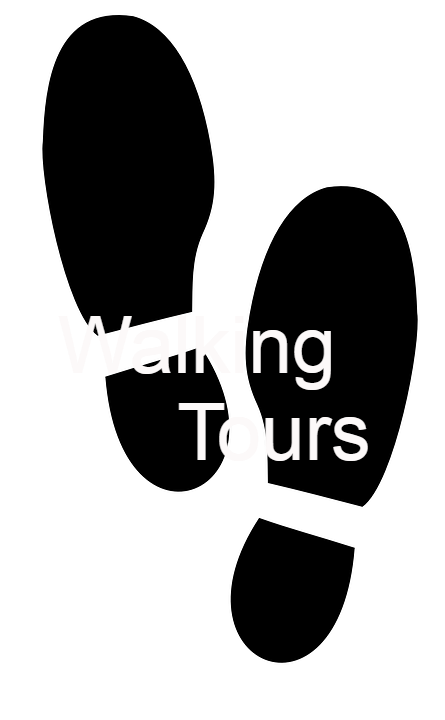Pictures. See pictures. King of Roads.
The historic highway.
In about 5 minutes, we will be at The famous historic Columbia River Highway.
The famous highway's architectural beauty, is an asset in itself.
And qualifies as a National Scenic Byway.
A distinction, that requires the road itself, to be considered a destination.
"The one prevailing idea in the location and construction, was to make this highway a great scenic boulevard, surpassing all other highways of the world", says John Arthur Elliott, a locating engineer on the Highway, and builder of the Mitchell Point tunnel.
Lancaster, the Road builder wrote:
If the road is completed according to plans, it will rival, if not surpass, anything to be found in the civilized world.
I designed this Historic Highway, "so as not to mar what God had put there".
Skirting the edge, or piercing the sides, this Wonder Road commands magnificent views of river, Gorge, and mountains, exploring the formerly inaccessible Gorge of the Columbia.
You will be rewarded with astounding views at every twist and turn.
"It's hard to imagine a road being built, with such artistry today", says local historian Len Otto.
Back then it was called "America's Greatest Highway",
Teddy Roosevelt called it, "The King of Roads".
He says, “it’s the most remarkable road engineering in the United States, which for scenic grandeur, is not equaled anywhere".
"The King of Roads" architectural beauty stretches eighty miles from Troutdale to The Dalles, and is an unmatched scenic byway that came to life over one hundred years ago. Our section today includes up to 9 stops, 6 waterfalls and 7 bridges.
They didn't build the highway overnight. It got underway in 1913, but was not complete until 1922. It takes time to build a grand highway through extremely rough terrain, while maintaining an emphasis on the beauty of the Gorge.
Visionaries Sam Hill & Samuel Lancaster had studied highways along the Rhine River in Europe in 1908, then brought the same style and techniques (stone arch guardrails, elegant bridges, wide, sweeping turns to tame the steep climbs. And stone work, as retaining walls, to this road along the Gorge.
The walls of dry masonry (or stone work), found, underneath, the guard rails, of which there are about two miles, have been built to conform to their scenic environments.
See pictures.
See picture. Stonework.
For the beautiful image.
As we begin our trip eastward, you will see all 3 types of guard rails used for the highway's construction.
Two types of guard rails are rock walls, built by Italian stone masons, which, the builders rightfully believed, “added greatly to the charm of the highway.”
Be sure to check out these guard rails, as we approach Crown Point, stop #2, our stop after Chanticleer Point.
The road, possesses many historic firsts.
While patrolling the highway one rainy evening in 1917, County sheriff Rexford, noticed how difficult it was, to see the road's lane boundaries in the low visibility caused by the weather. Looking for a solution to the dangerous problem, he came up with the idea to paint a center line on the highway. The county would not fund the project, so Rexford bought the paint himself, and painted the white line in a section of road near Latourelle Falls, creating the first painted lane in the U.S.
Up ahead, is Stop #1.
Chanticleer Point.
And the Chanticleer Point intro!
Does anyone have any questions?
The famous highway's architectural beauty, is an asset in itself.
And qualifies as a National Scenic Byway.
A distinction, that requires the road itself, to be considered a destination.
"The one prevailing idea in the location and construction, was to make this highway a great scenic boulevard, surpassing all other highways of the world", says John Arthur Elliott, a locating engineer on the Highway, and builder of the Mitchell Point tunnel.
Lancaster, the Road builder wrote:
If the road is completed according to plans, it will rival, if not surpass, anything to be found in the civilized world.
I designed this Historic Highway, "so as not to mar what God had put there".
Skirting the edge, or piercing the sides, this Wonder Road commands magnificent views of river, Gorge, and mountains, exploring the formerly inaccessible Gorge of the Columbia.
You will be rewarded with astounding views at every twist and turn.
"It's hard to imagine a road being built, with such artistry today", says local historian Len Otto.
Back then it was called "America's Greatest Highway",
Teddy Roosevelt called it, "The King of Roads".
He says, “it’s the most remarkable road engineering in the United States, which for scenic grandeur, is not equaled anywhere".
"The King of Roads" architectural beauty stretches eighty miles from Troutdale to The Dalles, and is an unmatched scenic byway that came to life over one hundred years ago. Our section today includes up to 9 stops, 6 waterfalls and 7 bridges.
They didn't build the highway overnight. It got underway in 1913, but was not complete until 1922. It takes time to build a grand highway through extremely rough terrain, while maintaining an emphasis on the beauty of the Gorge.
Visionaries Sam Hill & Samuel Lancaster had studied highways along the Rhine River in Europe in 1908, then brought the same style and techniques (stone arch guardrails, elegant bridges, wide, sweeping turns to tame the steep climbs. And stone work, as retaining walls, to this road along the Gorge.
The walls of dry masonry (or stone work), found, underneath, the guard rails, of which there are about two miles, have been built to conform to their scenic environments.
See pictures.
See picture. Stonework.
For the beautiful image.
As we begin our trip eastward, you will see all 3 types of guard rails used for the highway's construction.
Two types of guard rails are rock walls, built by Italian stone masons, which, the builders rightfully believed, “added greatly to the charm of the highway.”
Be sure to check out these guard rails, as we approach Crown Point, stop #2, our stop after Chanticleer Point.
The road, possesses many historic firsts.
- It was the 1st major paved public road in the Northwest, using new methods of paving & drainage.
- The 1st American public road deliberately constructed as a scenic highway – with road alignments selected to highlight stunning vistas.
- The two rail, white wooden guardrail, still seen in sections, was 1st used here. It soon became the national guardrail standard for decades thereafter.
- It is the 1st & only, state highway in the nation, listed as a national historic landmark. And finally,
- The 1st, painted highway centerline, in the country.
While patrolling the highway one rainy evening in 1917, County sheriff Rexford, noticed how difficult it was, to see the road's lane boundaries in the low visibility caused by the weather. Looking for a solution to the dangerous problem, he came up with the idea to paint a center line on the highway. The county would not fund the project, so Rexford bought the paint himself, and painted the white line in a section of road near Latourelle Falls, creating the first painted lane in the U.S.
Up ahead, is Stop #1.
Chanticleer Point.
And the Chanticleer Point intro!
Does anyone have any questions?
